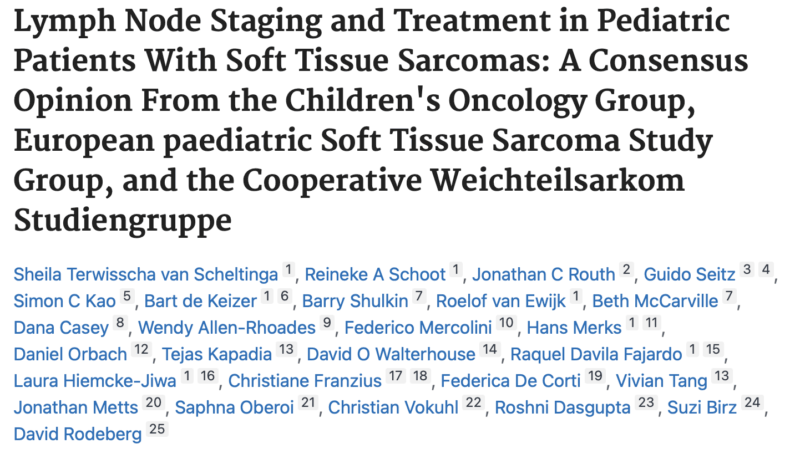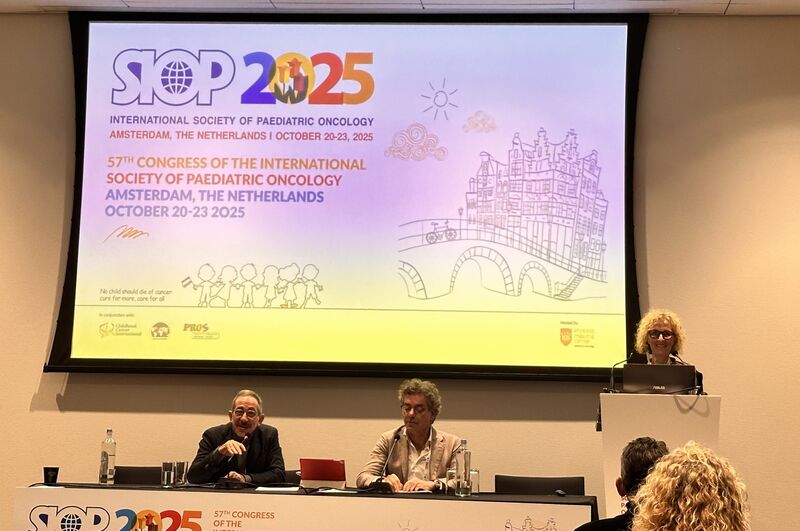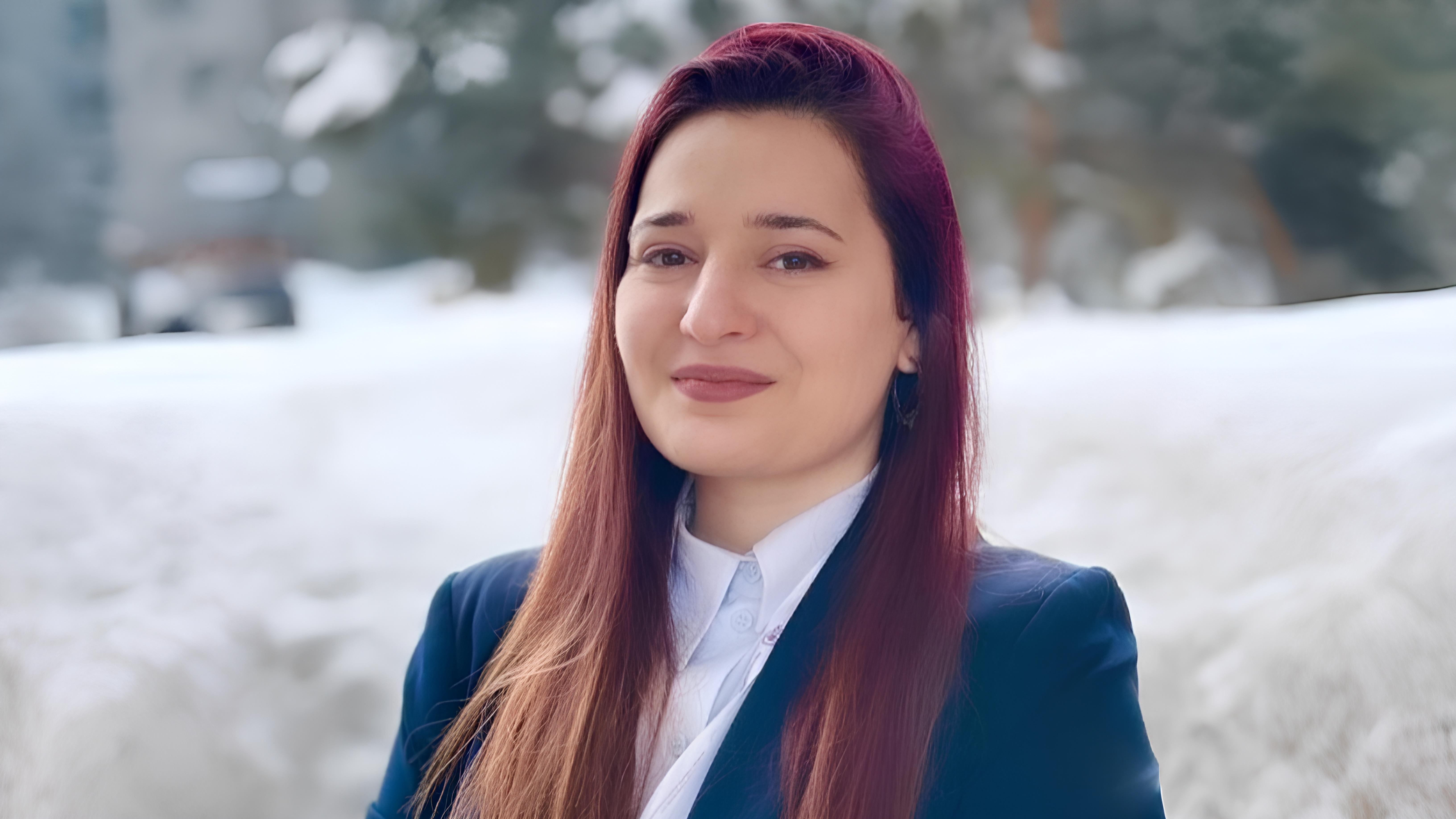Ruzanna Papyan, Clinical Research Physician at Immune Oncology Research Institute, shared a post on LinkedIn:
“Highlights from the Sarcoma Session, Day 3, SIOP2025, Amsterdam
An inspiring day exploring functional recovery, molecular discoveries, and evolving prognostic insights across pediatric bone and soft tissue sarcomas.
Functional outcomes after local therapy for pediatric bone sarcoma.
Leonie Tigelaar, Princess Máxima Center.
From a nationwide cohort, satisfaction with daily participation was driven by fatigue and perceived restrictions, not by surgical type.
- Underscores the need for psychosocial support and individualized rehabilitation beyond physical recovery.
Regional lymph node invasion in pediatric NRSTS (INSTRuCT analysis)
Daniel Orbach et al.
In nearly 2,000 patients, RLNI was rare (<8%) but associated with aggressive histotypes such as epithelioid and clear cell sarcoma.
- Excellent regional control (96%) was achieved through cooperative protocols.
Title: Lymph Node Staging and Treatment in Pediatric Patients With Soft Tissue Sarcomas: A Consensus Opinion From the Children’s Oncology Group, European paediatric Soft Tissue Sarcoma Study Group, and the Cooperative Weichteilsarkom Studiengruppe
Authors: Sheila Terwisscha van Scheltinga, Reineke A. Schoot, Jonathan C. Routh, Guido Seitz, Simon C. Kao, Bart de Keizer, Barry Shulkin, Roelof van Ewijk, Beth McCarville, Dana Casey, Wendy Allen-Rhoades, Federico Mercolini, Hans Merks, Daniel Orbach, Tejas Kapadia, David O. Walterhouse, Raquel Davila Fajardo, Laura Hiemcke-Jiwa, Christiane Franzius, Federica De Corti, Vivian Tang, Jonathan Metts, Saphna Oberoi, Christian Vokuhl, Roshni Dasgupta, Suzi Birz, David Rodeberg
Read the Full Article in PubMed.

CWS-96 and CWS-2002P trials: localized NRSTS
Amadeus Heinz, University of Tübingen.
European data reaffirm that complete resection alone cures low-risk NRSTS.
Adjuvant radiotherapy or dose-intensified chemotherapy does not improve survival after R0 resection.
- Surgical resection remains the cornerstone of cure in localized disease.
Response–survival correlation in relapsed/refractory rhabdomyosarcoma
Lucy Shepard, University of York.
From the REFoRMS living review, the Disease Control Rate (DCR) shows the strongest correlation with survival.
- This supports DCR as a pragmatic endpoint for early-phase RMS trials.
YWHAE::NUTM2 soft tissue sarcomas in infants
Sarah Winter, Institut Curi.
YWHAE::NUTM2 – One transcript several diseases. (Endometrial stromal sarcoma, CNS tumors, undifferentiated round curl sarcomas, CSSK). Extremely rare, highly aggressive infant sarcomas with YWHAE::NUTM2 fusions show transient chemosensitivity and early brain metastases.
- Routine RNA-seq screening may allow earlier multidisciplinary intervention.
PCR detection of bone marrow metastases in Ewing sarcoma
Uta Dirksen, University Hospital Essen.
PCR identified occult bone marrow disease undetected by microscopy, with positivity linked to poorer prognosis, particularly in metastatic cases.
- Molecular tools may help refine future Ewing staging and risk stratification.
A day rich in science, collaboration, and shared commitment to improving sarcoma outcomes worldwide.”

More posts featuring Ruzanna Papyan on OncoDaily.
